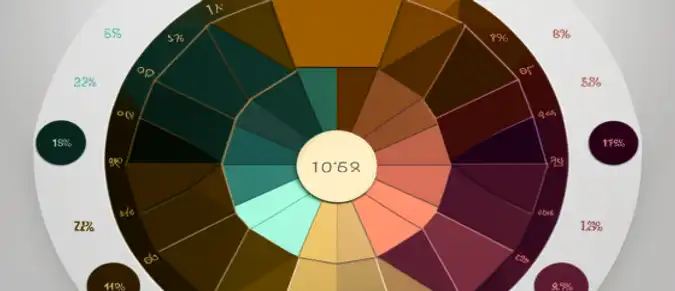Cryptocurrency tokens are units of value that are created and exist on a blockchain, which is a distributed digital ledger that records transactions in a secure and transparent way. Tokens can be used for a variety of purposes within a blockchain ecosystem, such as facilitating transactions, accessing certain features or services, or representing assets such as shares or commodities.
Cryptocurrency tokens can be bought, sold and exchanged on cryptocurrency exchanges. Some of them you can get by distribution.
Distribution of tokens can refer to how tokens or individual units of cryptocurrency are distributed among various individuals, organizations or addresses.
The distribution of tokens can vary depending on the specific cryptocurrency. Some cryptocurrencies may have a more centralized distribution, with a small number of entities or individuals holding a large percentage of the total supply. Other cryptocurrencies may have a more decentralized distribution, with a larger number of individuals holding smaller amounts of the total supply.
One way to track the distribution of tokens for a given cryptocurrency is to examine its blockchain explorer, which provides a public record of all transactions on the network. By analyzing the addresses holding the largest amounts of tokens, it is possible to get a sense of how the tokens are distributed.
It's also important to note that the distribution of tokens can change over time as new tokens are minted, sold, or distributed through various means such as initial coin offerings (ICOs) or airdrops. As a result, it is important to regularly monitor the distribution of tokens for a given cryptocurrency in order to understand the overall health and stability of the network.
Here are some of the more common methods of token distribution:
-
Initial Coin Offering (ICO): An ICO is a fundraising method that involves selling a certain amount of tokens to investors in exchange for cryptocurrency or fiat currency. ICOs have become a popular way for startups to raise capital and distribute tokens to a wide range of investors.
-
Airdrops: An airdrop is a distribution method where tokens are given away for free to a group of users. Airdrops are often used to create awareness for a new cryptocurrency, reward early adopters, or distribute tokens to a specific user base.
-
Mining: Some cryptocurrencies use a proof-of-work or proof-of-stake algorithm to validate transactions and create new tokens. Miners or validators can earn tokens as a reward for contributing to the network.
-
Private Placement: A private placement involves selling tokens to a select group of investors, often with more restrictive terms and conditions than a public sale. Private placements can be used to raise capital from institutional investors or high net worth individuals.
-
Bounty Programs: Bounty programs involve rewarding individuals for completing specific tasks related to the development or promotion of a cryptocurrency project. Bounties can be paid in tokens or other forms of cryptocurrency.
These are just a few of the most common methods of token distribution. Depending on the specific needs and goals of a project, other methods may be used as well.



